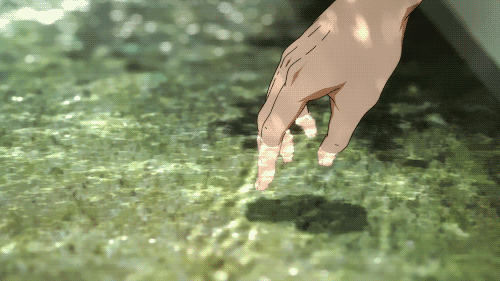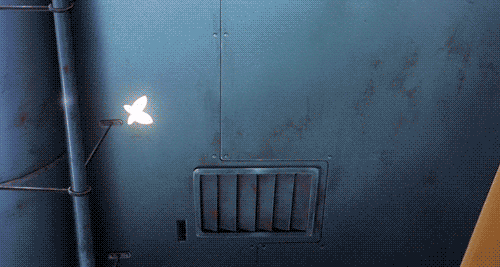

„Cinema (..) is a way of seeing, a form of technological vision that exptends beyond the material production and spectatorship of films. It structures a way of seeing and a way of understanding visuality and its objects. It also produces a new understanding of living bodies; we can say, even, that it creates them.”
Levitt, D. (2018). The animatic apparatus (pp. 6-7).
This body is contained neatly by hard pixel linework. There’s no dithering and no gradients, creating a character that isn’t affected by the aesthetics of transitional spaces. This is the most definitive and unrelenting that my body has ever been, and at the same time the only vessel through which I can be drawn out of myself to explore inbetween realms.
There’s no death in animation, because there is no existence to begin with. Where cinema posits a necessary relationship between the image and the world, animation must always create a world.
This avatar hosts a number of realms of experience inside her pixelated body. But isn’t it more exciting to think about her when she’s not seen, not positioned? The gameplay paused, and she’s blinking behind the menu screen, suspended in game time. I wonder what that feels like. Sometimes I wish we had more common ground than a shared wardrobe, that we could talk outside of the hierarchy that my narrative voice creates.
Catching her foot in a crack on the ground, a singular body rendered obsolete by the expanding realm that lies in the gaps between the layers that make up the world - the different reality planes slowly falling out of sync.


„I look at a photo I took of a deer sprinting through the woods in the rain, and I see that it is blurry, because the phone mistook the drops hitting it for so many fingers belonging to some obscure subject who can’t decide where to set the focus, what is worth recording, or where skin ends and rain begins.”
Williams, E. C.(2017). Shard cinema (p. 49).



<------------- ----- --- - bibliography & notes